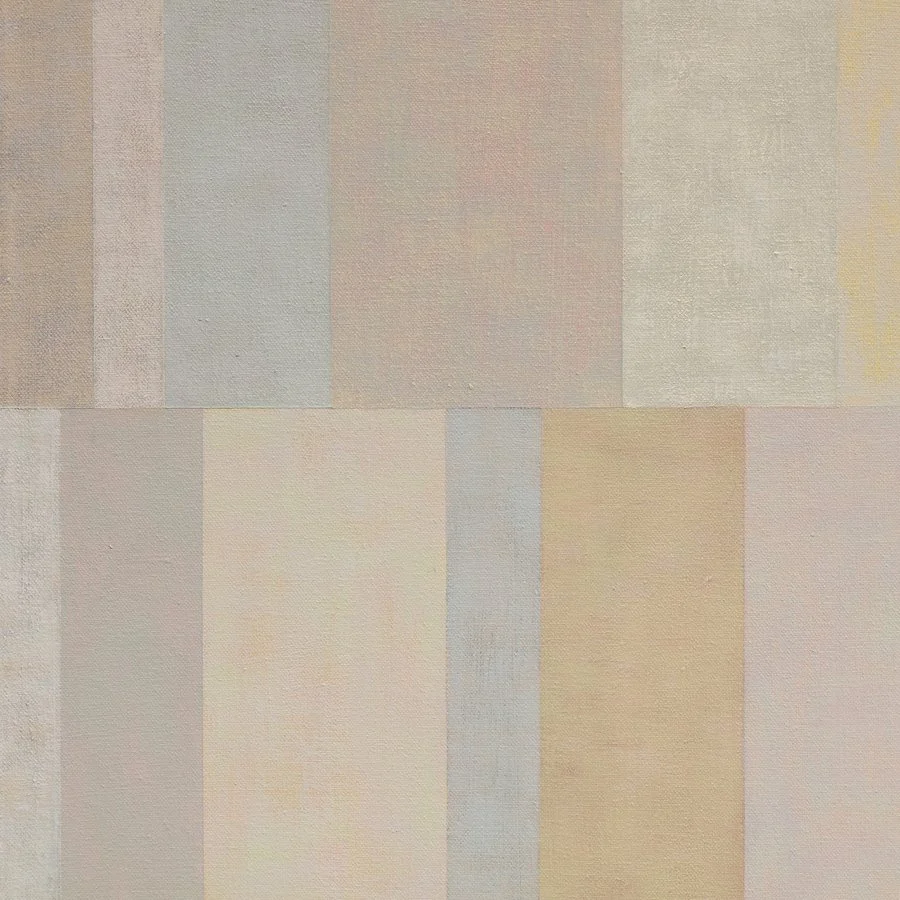I have been receiving a lot of feedback about my posting "A Pleasure to Meet You", and since my computer does not seem to be posting my reply comments, I thought a fresh blog posting in response might be appropriate.
I want to assure all who have responded that I was not referring to any particular person or any particular event. Really. That so many people think I was talking about them helps me make my point though. Over the last few months, outside of the studio environment (which I distinguish from studio visits, when critiques are an obviously essential part of a studio practice), I have found people are either silent in their response to work or have only criticism to offer. It makes me think of the experience of going out to a fancy party after buying a new dress or getting a new haircut - people can say they love the new look when they don't (not what I'm asking for), they can say nothing (where it is easy to assume they don't like it because the change is undeniable), or they can kindly say all the things that aren't working - the dress makes me look fat or uncomfortable, the haircut is old-fashioned or boring or makes my ears stick out or whatever. Except maybe it's a new look for me that I love, maybe they just need some time to get used to it - or maybe I already hate it and am embarrassed that I had to go to the party looking like a freak. Or maybe there actually is one or two things that are a surprising change that make me look better - or could make me look better if that one awful thing was not there. All I'm saying is, making value judgments that are truly constructive requires a conversation. Maybe you think Dolly Parton looks a little slutty, but unless you ask her, you don't realize that that's the look she's going for, that that's her idea of beautiful. Telling her she really shouldn't wear that because it makes her look slutty is not particularly helpful.
I am always open to hearing people's responses and thoughts about my work. It's why I make the work. It's why I have this blog. The point I wanted to make was that as artists, we know that putting our work out there is a brave and personal thing, and encouraging words are just as needed as any well-intentioned criticism. And lately, they have been pretty hard to come by.
I want to assure all who have responded that I was not referring to any particular person or any particular event. Really. That so many people think I was talking about them helps me make my point though. Over the last few months, outside of the studio environment (which I distinguish from studio visits, when critiques are an obviously essential part of a studio practice), I have found people are either silent in their response to work or have only criticism to offer. It makes me think of the experience of going out to a fancy party after buying a new dress or getting a new haircut - people can say they love the new look when they don't (not what I'm asking for), they can say nothing (where it is easy to assume they don't like it because the change is undeniable), or they can kindly say all the things that aren't working - the dress makes me look fat or uncomfortable, the haircut is old-fashioned or boring or makes my ears stick out or whatever. Except maybe it's a new look for me that I love, maybe they just need some time to get used to it - or maybe I already hate it and am embarrassed that I had to go to the party looking like a freak. Or maybe there actually is one or two things that are a surprising change that make me look better - or could make me look better if that one awful thing was not there. All I'm saying is, making value judgments that are truly constructive requires a conversation. Maybe you think Dolly Parton looks a little slutty, but unless you ask her, you don't realize that that's the look she's going for, that that's her idea of beautiful. Telling her she really shouldn't wear that because it makes her look slutty is not particularly helpful.
I am always open to hearing people's responses and thoughts about my work. It's why I make the work. It's why I have this blog. The point I wanted to make was that as artists, we know that putting our work out there is a brave and personal thing, and encouraging words are just as needed as any well-intentioned criticism. And lately, they have been pretty hard to come by.










